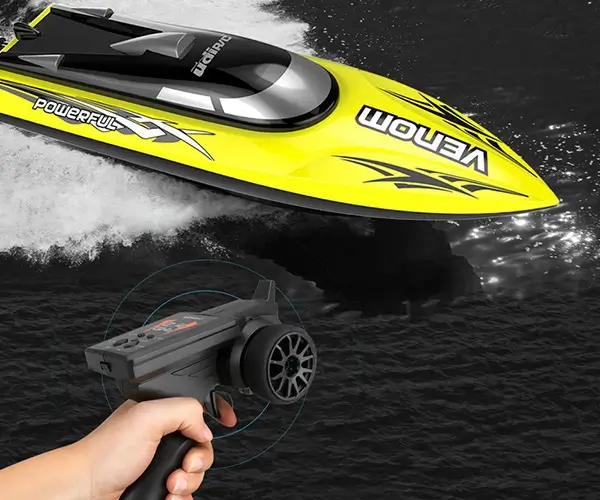The Heart of Your Outboard: Understanding Gear Ratios
When you think about powering a boat, the engine often takes center stage. But beneath the hood, or rather beneath the waterline, lies a critical component that subtly influences how your engine’s energy translates into movement—the gear ratio of your outboard motor.

What is Outboard Motor Gear Ratio? In simple terms, the gear ratio is the relationship between the rotational speed of the engine’s propeller shaft and the engine’s crankshaft. It’s expressed as a ratio, such as 2.0:1 or 2.33:1, and it tells you how many turns the engine makes for every turn of the propeller.
Imagine spinning a bicycle pedal: if the crank turns once and the wheel turns twice, the gear ratio at play is 2:1, giving you a mechanical advantage. Similarly, in an outboard motor, a lower gear ratio (like 2.33:1) means the engine turns fewer times relative to the propeller, often resulting in higher top speeds. Conversely, a higher gear ratio (like 1.85:1) generally provides better acceleration and torque.
Why Does Gear Ratio Matter? A boat’s performance varies significantly depending on the gear ratio. The key is balancing speed, acceleration, and efficiency based on your boating needs.
Speed Focused Setups: High gear ratios (e.g., 2.33:1) tend to push boats to higher speeds but might sacrifice some acceleration. Power and Towing: Lower gear ratios (1.85:1 or 2.0:1) deliver more torque, making them suitable for towing water skiers or heavy loads. Fuel Economy & Handling: The right gear ratio can improve fuel efficiency and handling, especially for long-distance cruising or fishing.
What Factors Influence the Choice of Gear Ratio? Choosing the wrong gear ratio can be like trying to run a marathon in high heels—uncomfortable and inefficient. Several factors guide the optimal gear ratio:
Boat Size and Weight: Heavier boats with more weight need a gear ratio that provides torque, often favoring lower ratios. Propeller Diameter and Pitch: The size of the propeller and its pitch (the tilt of the blades) work hand-in-hand with gear ratio to produce desired performance. Engine Power: The horsepower and torque of your engine determine how well it can handle certain gear ratios. Intended Use: Are you chasing speed records, pulling a water skier, or trolling for fish? Each activity benefits from a different gear setup.
Deciphering the Numbers: Most outboard motors come labeled with their gear ratio, often found in the owner's manual or on a sticker inside the cowl. Common gear ratios include 2.0:1, 2.33:1, 2.1:1, and 1.87:1.
2.0:1: Standard for many engines, balancing speed and torque. 2.33:1: Typically found in high-speed boats or racing setups. 1.87:1: Offers more torque, suited for heavy loads or low-speed maneuvering. 1.75:1: Less common but used in specific applications.
Knowing your gear ratio is the first step toward fine-tuning your setup for optimal performance.
The Role of Outboard Propellers and Gear Ratios Your propeller and gear ratio are like dance partners—they need to be in sync. An ill-matched propeller with the engine’s gear ratio can lead to sluggish acceleration, poor fuel economy, or even engine damage.
For instance, a high-pitch propeller paired with a high gear ratio might result in underperformance because the engine can’t spool up enough to turn the propeller efficiently. Conversely, a low-pitch prop with a low gear ratio could cause excessive engine strain without much speed gain.
Understanding Overdrive and Underdrive In some cases, boat manufacturers or operators may consider overdrive or underdrive configurations:
Overdrive: Using a gear ratio where the engine turns multiple times for a single propeller rotation, emphasizing speed. Underdrive: Lowering the engine RPM per propeller turn, favoring torque and power.
Outboard motors typically stick with standard ratios, but knowing the concepts helps when upgrading or customizing your setup.
I will provide the continuation and conclusion of the article in the next message.
Kpower has delivered professional drive system solutions to over 500 enterprise clients globally with products covering various fields such as Smart Home Systems, Automatic Electronics, Robotics, Precision Agriculture, Drones, and Industrial Automation.




































